Table of content
Duck feet, particularly the webbed portion known as duck webs or duck paws, are a culinary treasure trove often overlooked in Western gastronomy but deeply cherished in many Asian cuisines. Their unique texture and rich flavor make them a staple in various dishes, from appetizers to main courses and even desserts, albeit in unconventional forms. This article delves into the fascinating world of duck feet cuisine, exploring various traditional and innovative ways to prepare and enjoy this underappreciated delicacy.
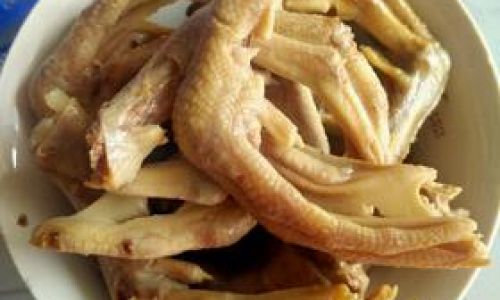
The Appeal of Duck Feet
Duck feet might not be the most visually appealing ingredient to some, but their appeal lies in their gelatinous texture and the rich, savory broth they contribute when cooked. The meat, though not abundant, is tender and flavorful, especially when slow-cooked. The collagen-rich gelatin that forms during prolonged cooking is not only delicious but also beneficial, providing a natural source of protein and essential amino acids.
In many Asian cultures, duck feet are considered a nourishing food, believed to enhance skin elasticity, promote joint health, and even improve lactation for nursing mothers. These beliefs, coupled with their unique taste and texture, have kept duck feet a beloved ingredient in traditional medicine and home cooking alike.
Traditional Preparations
Boiled and Seasoned Duck Feet
One of the simplest yet most effective ways to enjoy duck feet is to boil them until tender and then season them to taste. This method preserves the natural flavors of the duck while allowing for various seasoning options. After boiling, the feet can be marinated in a mixture of soy sauce, garlic, ginger, and chili peppers, or simply sprinkled with salt and pepper. This preparation is common in street food stalls and home kitchens across China, Vietnam, and Korea.
Steamed Duck Feet with Preserved Vegetables
Steaming duck feet with preserved vegetables, such as pickled mustard greens or Chinese sauerkraut, adds a tangy, umami-rich layer to the dish. The preserved vegetables absorb the rich flavors of the duck, creating a harmonious blend of textures and tastes. This preparation is particularly popular in Cantonese cuisine, where it is often served as part of a dim sum meal.
Braised Duck Feet with Soy Sauce
Braising duck feet in a soy sauce-based broth is another classic preparation. The feet are simmered slowly with soy sauce, sugar, garlic, ginger, star anise, and other spices until the meat is tender and the broth is thick and flavorful. This method is widely used in Taiwanese and Hong Kong cuisine, where braised duck feet are a beloved snack or appetizer.
Innovative Cooking Techniques
Duck Feet Noodles
In a fusion of traditional and modern, duck feet can be used to create a rich, flavorful broth for noodles. The bones and feet are simmered for hours to extract all the collagen and flavors, resulting in a broth that is both nourishing and delicious. This broth is then used to cook noodles, with the tender duck feet served on top as a garnish. This dish combines the comfort of a hearty soup with the unique texture and taste of duck feet.

Duck Feet Confit
Confit is a French cooking technique where meat is slowly cooked in its own fat. Applying this method to duck feet results in a melt-in-your-mouth texture and a rich, savory flavor. The confit can be used as a filling for pastries, a topping for salads, or even enjoyed on its own as a snack. This innovative preparation introduces duck feet to a new audience, showcasing their versatility and potential in Western cuisine.
Duck Feet Jelly
Taking inspiration from Asian bone broths and Western jelly desserts, duck feet can be cooked down to a gelatinous consistency and sweetened to create a unique jelly dessert. This dessert is not only visually appealing but also offers a delightful contrast between the smooth, silky texture of the jelly and the subtle, savory flavor of the duck. It’s a perfect example of how duck feet can transcend cultural boundaries and be enjoyed in sweet dishes.
Health and Nutritional Considerations
While duck feet are a delightful culinary treat, it’s important to consider their nutritional content and potential health benefits. High in collagen and low in fat, duck feet are a great source of protein for those following a healthy diet. However, due to their high sodium content when prepared with soy sauce or other salty seasonings, it’s advisable to consume them in moderation, especially for those with high blood pressure or on low-sodium diets.
Conclusion
Duck feet, often dismissed as an oddity in Western culinary circles, are a treasure trove of flavors and textures waiting to be explored. From traditional preparations that have stood the test of time to innovative cooking techniques that push culinary boundaries, there are countless ways to enjoy this underappreciated ingredient. Whether you’re a seasoned chef or a home cook looking to expand your culinary horizons, duck feet offer a unique and rewarding culinary experience. So, the next time you’re at an Asian market or exploring a new restaurant menu, don’t shy away from giving duck feet a try. You might just discover a new favorite dish.

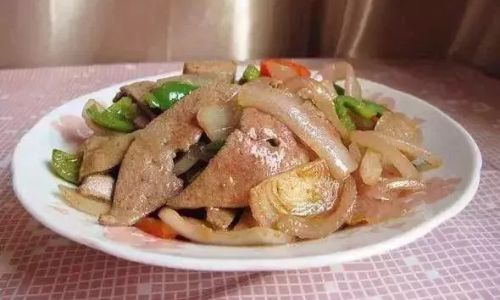
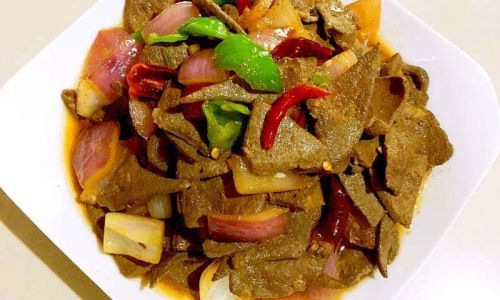
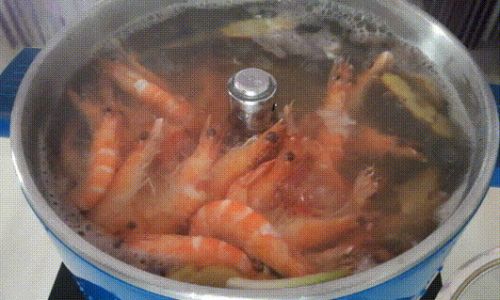
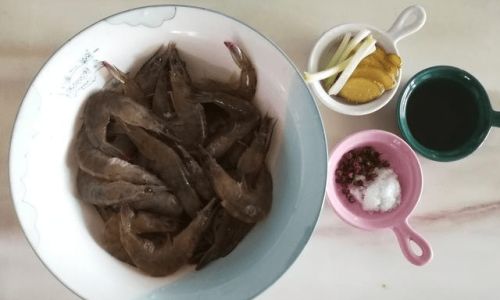
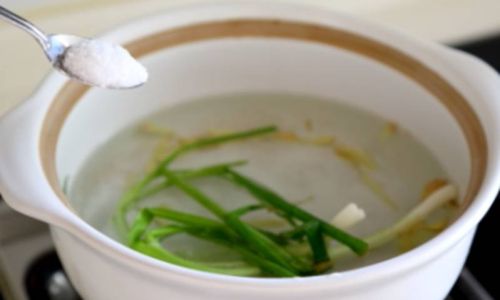
0 comments